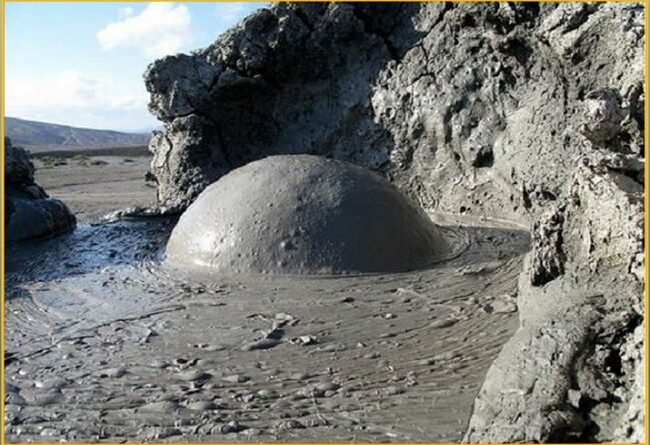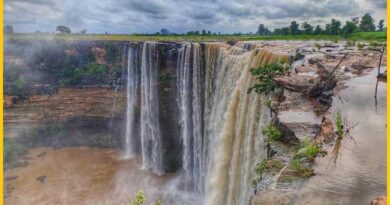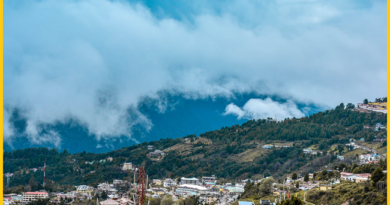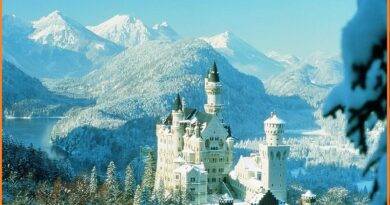Mud volcano of Azerbaijan:The structure which never seen before
Whether we would like to speak in terms of GeoTourism, The earth has numerous features on the surface rather than in its deep ravines. many ancient to recent carvings and relics found in the world have their own complexity and curiosity, Just like Mud volcanoes.

This type of volcano is a ‘phenomenon of water and soil mixtures pressed out of the Earth’s crust by gas field pressure.’ Azerbaijan mud volcanoes Attract many tourists to access this place. Mud volcanoes are closely associated with petrochemicals beneath the earth and unlike, proper magma or lava volcanoes, the mud from mud volcanoes is usually cold. because mud volcanoes consist of hydrocarbons, the gases trying to escape with high pressures to the surface. with the eruption of it, a big explosion and a huge flame started coming from the fissures and this could be about three hundred meters high. you can see dense, black smoke, and lots of mud being thrown into the air.
These Volcanoes of Azerbaijan (sedimentary volcanoes) are not dangerous to the people as they erupt not magma, but mud, and rather than being hot, mud volcanoes are very cold indeed. Bubbling, spitting, oozing, grey volcanoes have on top of it, up to around 10 km in diameter and 700 meters in height, but normally it has a cone shape and is 3-5 meters high.

Importance of the Structure-
With the study of rock, and engravings present in this area we can recognize the way of life that has disappeared the way back, they represent these activities with the change of climate and vegetation. when these hydrocarbons submerged into the sea the climate was warmer and wetter than now. in the study of the erupted material, many theories come to describe the Evolution of past life in the region. The volcanoes of Qobustan are located south of the town of Qobustan, just inland from the Caspian coastal town Alat, 65 km southwest of Azerbaijan’s capital city Baku.
Also Read- World’s Largest Coral Reef system- ’The Great Barrier Reef’
Geological History-
The Qobustan plateau consists of rocky boulders rising out of the Volcanoes in the semi-desert of central Azerbaijan, these represent the Ice Age, from the Upper Paleolithic to the Middle Ages. The site covers an area of 537 ha, is part of the World Heritage site, and is protected by UNESCO.




